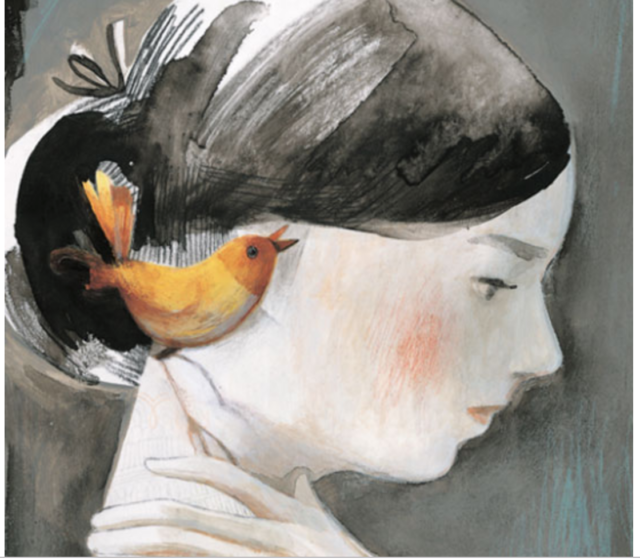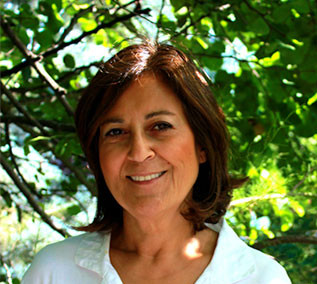
One wonders only when he is alone and seeks the truth. – Einstein
“Inner dialogue with oneself is an essential human condition ” states psychiatrist Carl Gustav Jung (1875-1961).
Murmuring, out loud, intuitive, singing, contemplating…in whatever mode, the conversation made with oneself is the characteristic of all human beings. From an early age on, one speaks to himself without any external trigger, relentlessly accommodates and comforts himself … in the form of talking aloud either through objects or directly with oneself. It allows us to reflect, to come back to our self while distinguishing us from our environment, and helps us to develop our sense of discernment for the good and the bad.
One wonders only when he is alone, and seeks the truth, said Einstein (1879-1955). The renowned child pediatrician and psychologist D.W. Winnicott (1896-1971) defines inner dialogue as an essential part of development of “selfhood. ” It starts with the acquisition of language around the age of two. An object, or a favorite toy usually becomes a significant character and talking buddy for the toddler as he learns to talk and play. He starts conversing with this imaginary friend. The “playful” dialogue nurtures the child’s emotional and psychological well-being as he grows from one stage of life to the next. He grows to separate himself from the other. It is a stepping stone to construct his own individuality and exercise his boundaries. It is through the dialogues of this play-mode wherein self-reflective activity is initiated.
The conversation takes place in the space between fantasy and reality where the player feels vigilant with a particular sense of being. Particular in the sense that it is true as he brings his authentic self into play.
As one grows into adulthood, inner dialogue preserves its significance. We need the safe zone of inner talk to be aware of our emotions. We can better regulate emotions when we are submerged. It mediates us to get in touch with our real self and seek his advice. Depending on the context and intention, the inner talk may facilitate our authentic self to step in and speak up. We can talk about what is happening, how we take part in it, the motif and can project the next scene. The interactive nature of the inner dialogue leads one to reflect on his thoughts, emotions and actions vis-a-vis the outer world.
Cultivating self-reflection, it enables a deeper understanding of our thought-emotion-behavior patterns. It comes as first-aid in moments of emotional turbulence when we have difficulty hearing our sound reason. It is also triggered when a major decision or a creative idea is at stake, we step aside to call upon our inner talk. What we gain in the end is precious self-knowledge. Its richness and depth can navigate us in our quest for self-knowledge.
The imprints of inner talk are traced in the brain. Brain scans highlights the zones that activate when the person initiates an inner talk and listens to it. The zones which light up during self-talk are the same zones which are activated when we speak out loud to another person.
Carl Gustav Jung defines self-reflective inner talk as essentially human and known by all human beings in particular ways:
Everyone knows it, for it is particular for each person and each has an aptitude to converse with himself… Every time a person is plunged into an agonizing dilemma, he asks himself the question: “ What should I do ? ” he gives himself the answer.
[…]
Our inner voice can drop the mask we wear in public which conceals our true nature.

Momentarily detached from external influences and exposures to the reign of social hubs and medias, we can bear up courage “ to exist in a singular position. ” It is the time we engage in an intimate and sincere conversation with our inner voice. In such spectacular moments, we can be guided towards the truth. A sense of liberation enamors us, we feel good.
Duygu Bruce







